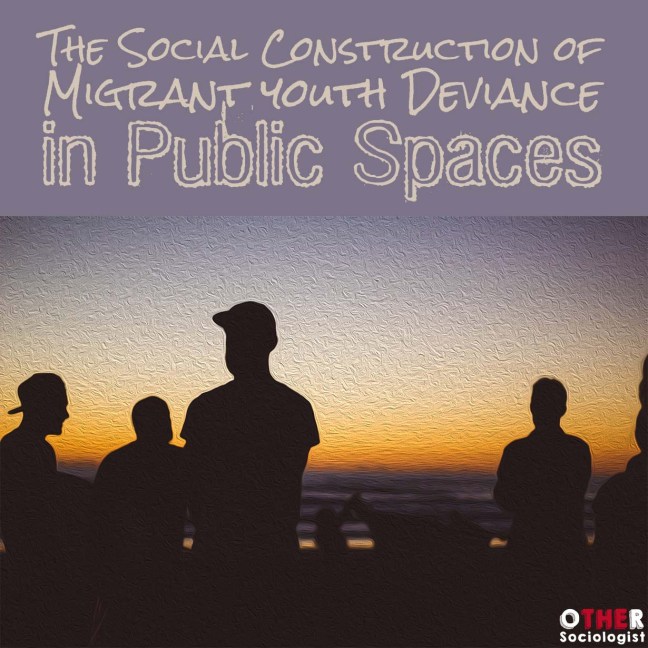This cartoon below by Charles Barsotti is a good illustration of the social construction of group deviance in public spaces. This cartoon points out how some social groupings can be given negative labels, such as a “cult.” The beliefs or the practices of particular socio-economic groups can are treated with suspicion by a dominant group where they do not conform to society’s norms, values, behaviour or appearance. Non-conformity can lead to the creation of stereotypes; that is, labels that simplify specific qualities of some people as typical of the group they belong to (hence the cartoon, where one wolf says to another, “We’re a pack, not a cult.”).
In most circumstances crowds that “blend in” and meet society’s standards of “acceptability” escape the stigma of social deviance. Cases where “ordinary” groups might be negatively labelled by authorities might occur during times of civil unrest, such as during political protests, or due to other political cycles, such as the lead up to an election.
Racial minority youth are often labelled as deviant simply for being in public. In the case of Aboriginal youth, even something as routine as being in a shopping centre is mired by harassment by security (Perry 2018: Powell 2018). In another example, Muslim girls have been forced to leave a school excursion at a public exhibition centre because other visitors felt “uncomfortable” (Foster 2017).
https://twitter.com/OtherSociology/status/870554192343060480
Let’s take a look at this problem of stereotyping racial minority youth in public spaces, focusing specifically today on migrant minorities. We’ll examine how labelling these youth as “deviant” keeps society from paying attention to pressing social problems, such as structural inequality and interpersonal gender violence.
Continue reading The Social Construction of Migrant Youth Deviance in Public Spaces

